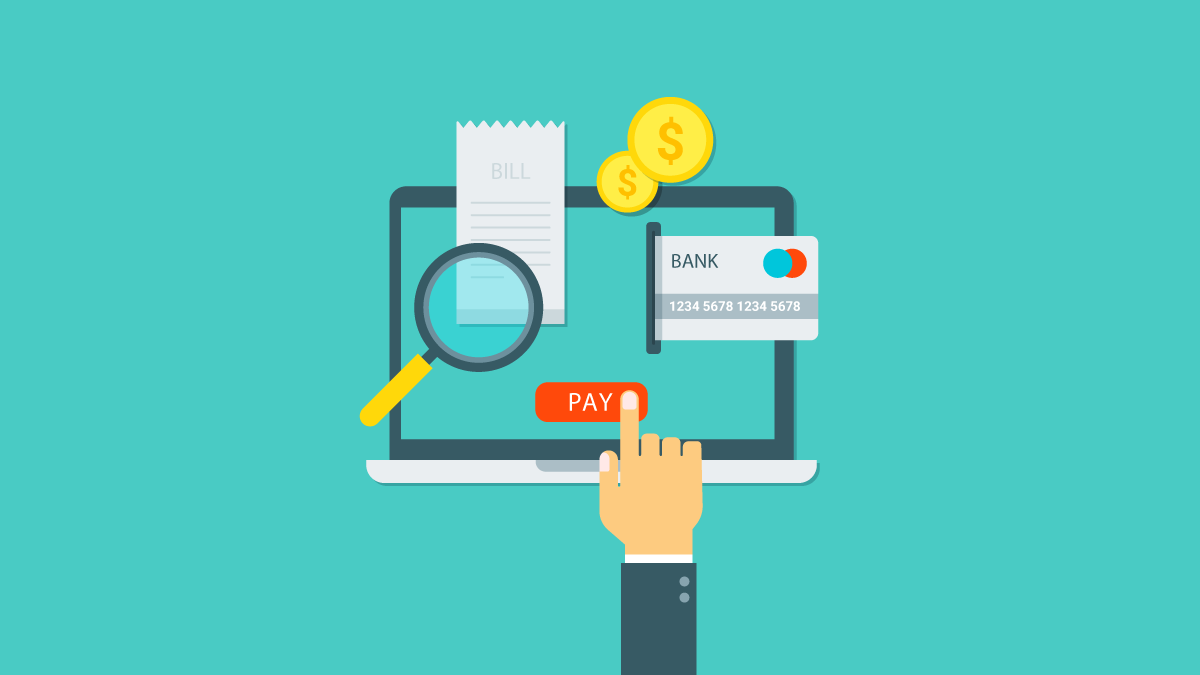
A payment gateway involves technology used by merchants to accept credit or debit card purchases from consumers. This system is not only limited to card readers found in physical retail stores but also includes payment processing portals in different online stores. Due to advances in technology, it is now possible to perform all transactions through company websites where the merchants utilize several payment gateway systems through different banks.
There are different payment gateways such as PayPal, eBay, Stripe, Amazon Pay, Square, and many more that are linked to different banks where final payments are processed. To make life simple for online shoppers, many businesses choose to integrate many payment gateways of their website to cater to the needs of all customers from various backgrounds. Read on to learn how to integrate a payment gateway on your website and how that can encourage customers to stay on your website and complete the transaction.

Enlist The Services Of Expert Ecommerce Developers
Different payment gateways involve business-to-business (B2B) eCommerce that require the right sight and partner to deliver it. In other words, there should be a close link between the two or more parties involved—a successful e-commerce partnership with an experienced agency to integrate your payment gateway on your website. Experienced developers have the right expertise and tools they can use to link your business to different payment providers.
You will get peace of mind if you hire professionals to handle the task since you can focus on your core business. Professionals can also offer valuable service for managing your e-commerce platform and payment links. Experienced e-commerce developers can also customize your website to suit the needs of your business and customers.
Choose The Right Type of Payment Gateway
As you are now aware, there are several types of payment gateways, and the good thing is that you can integrate most of them on your website. Therefore, you must choose the right type of payment gateway that suits your business needs. Some payment options are not available in other countries, and they are also not compatible with certain cards. The following are the three methods you can consider to integrate your site’s payment option.
Redirects
An example of redirection is when the gateway redirects the customer to a specific platform like PayPal so that they can complete their transaction. This option is secure and convenient since the customer can enter their password and sign out after the transaction.
Checkout On-Site, Payment Off-Site
This option is designed so that the customer’s credit card data collected goes directly to a third party site. Your business site will not handle any sensitive information. Like the redirect, the method is simple and secure. However, the quality of the gateway site determines the level of security.
On-Site Payments
Other businesses choose the on-site payment option where they handle all the transactions. If you handle all the payments, you may understand the challenges with the payment gateway to help you take appropriate measures to address them.
Improve Cyber Security
Payment gateways have been popular targets for hackers, and scammers and e-commerce businesses that rely on online payment systems are the hardest hit. Research shows that more than 90% of the login attempts to the websites of online retail stores were hacking attempts. This shows the extent of the seriousness of cybersecurity threats to online businesses.
The problem of hacking also poses a huge threat to consumers since they are also targets of hackers. Therefore, it is vital to provide sound encryption between the buyer and seller, and the option should only ask for necessary login details. Other cybersecurity measures can also go a long way in protecting your business and the consumers’ interests.
Fast Loading Speed
When you integrate your payment gateway on your website, you should ensure that the system has a fast loading speed to facilitate on-time transactions. Many people abandon their shopping carts as a result of an unresponsive payment option. Other individuals may end up choosing an in-store experience. The other reasons for abandoning shopping carts pertain to limited payment options and other technical issues. Therefore, when integrating your payment gateway to your company website, you should make sure that it addresses different issues that can impact the buyers’ shopping experience.
Payment gateway methods can be linked to your business’ website to enhance fast and secure transactions, which will encourage your customers to choose you over competitors. However, there are different things that you should take into consideration to ensure that you select a payment gateway that can maximize convenience while at the same time minimizing risk. It is also vital to make sure that the security of your customers’ information is not compromised.




